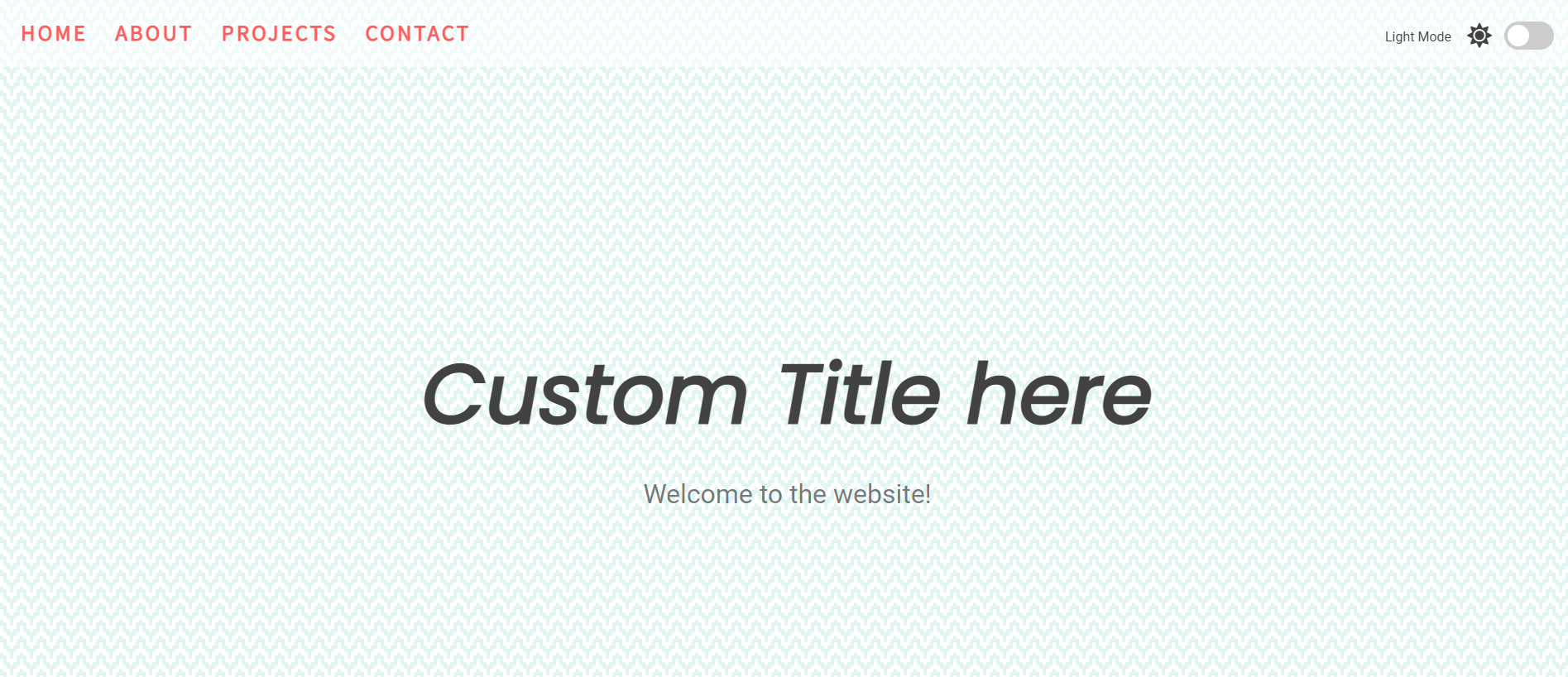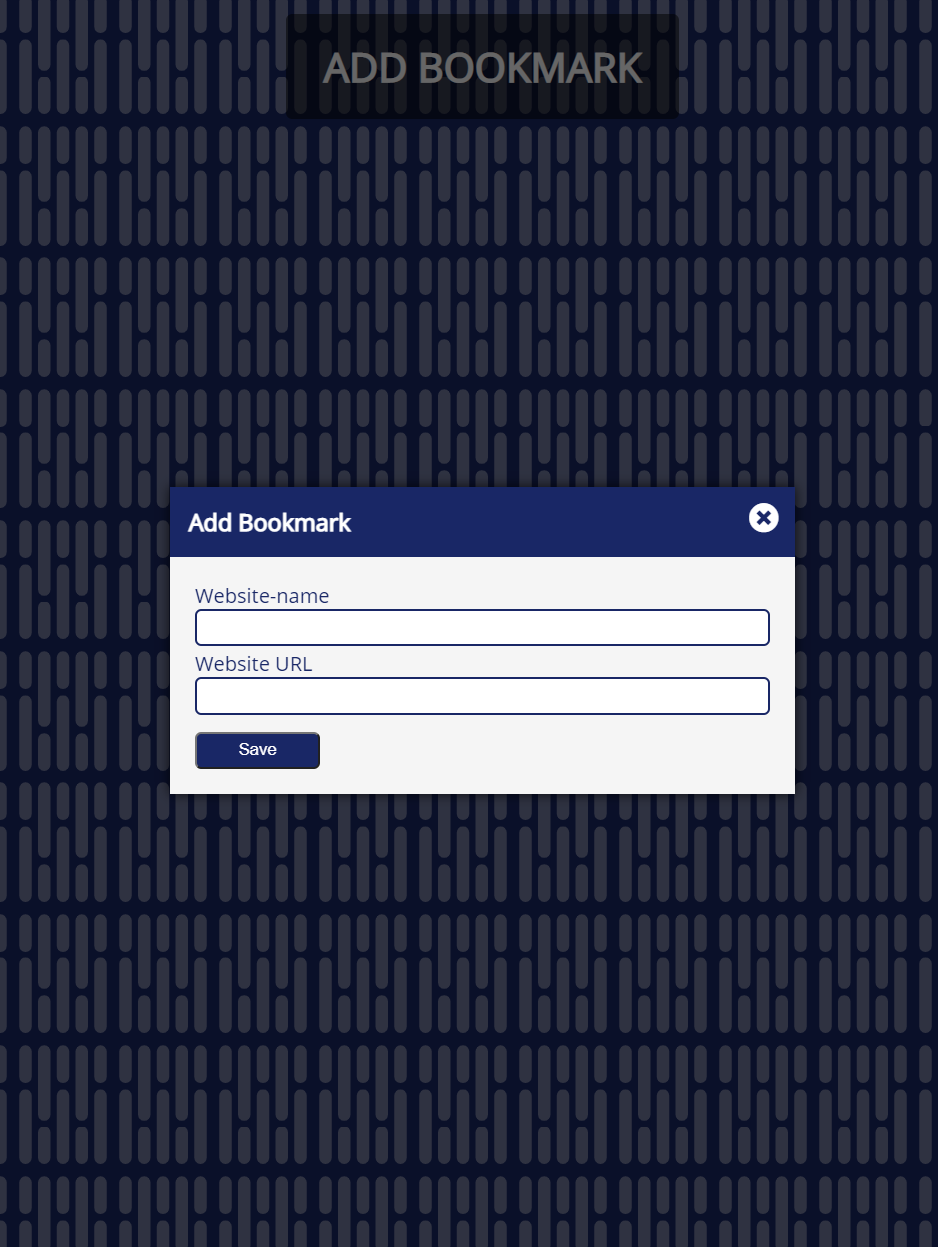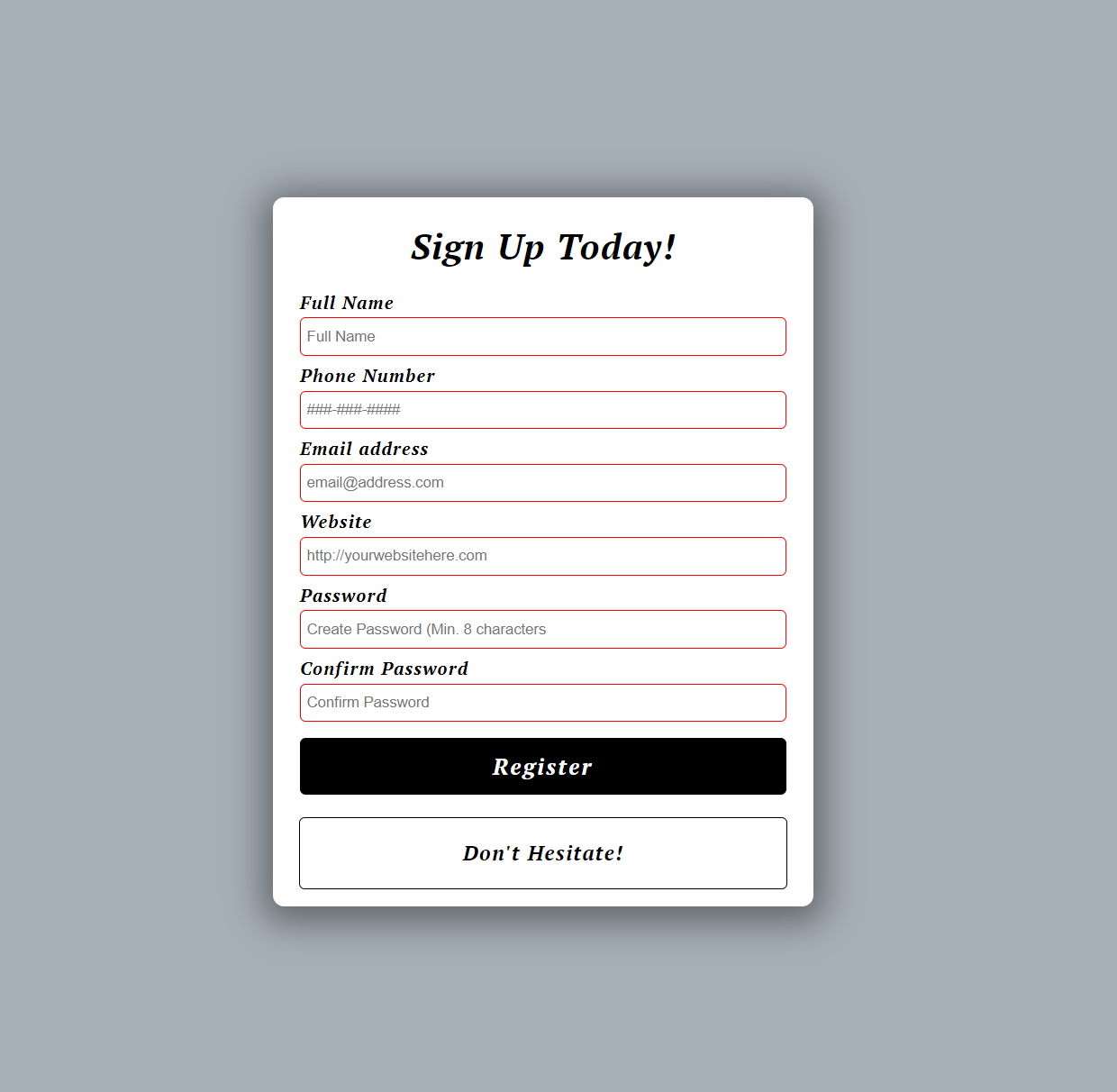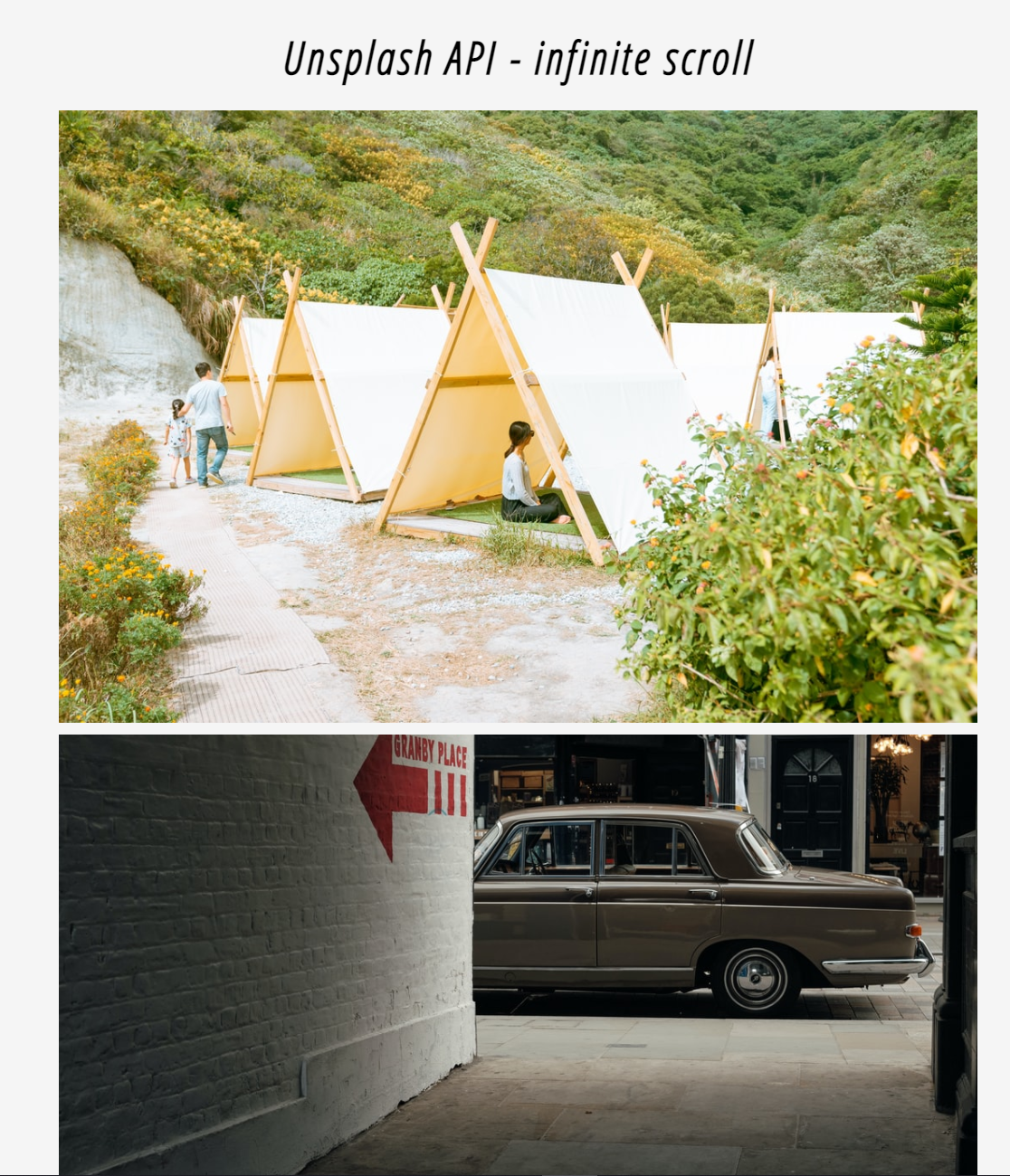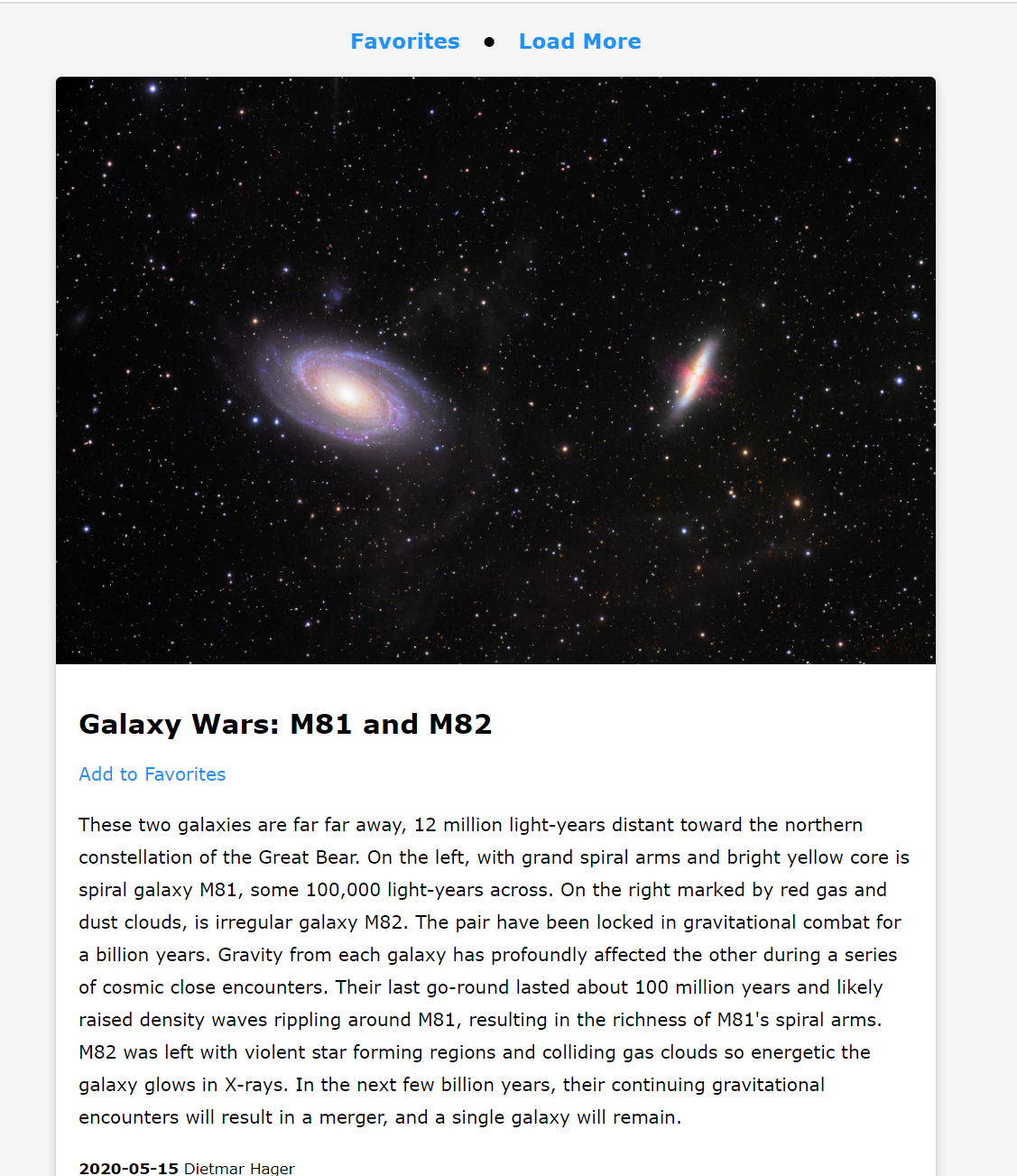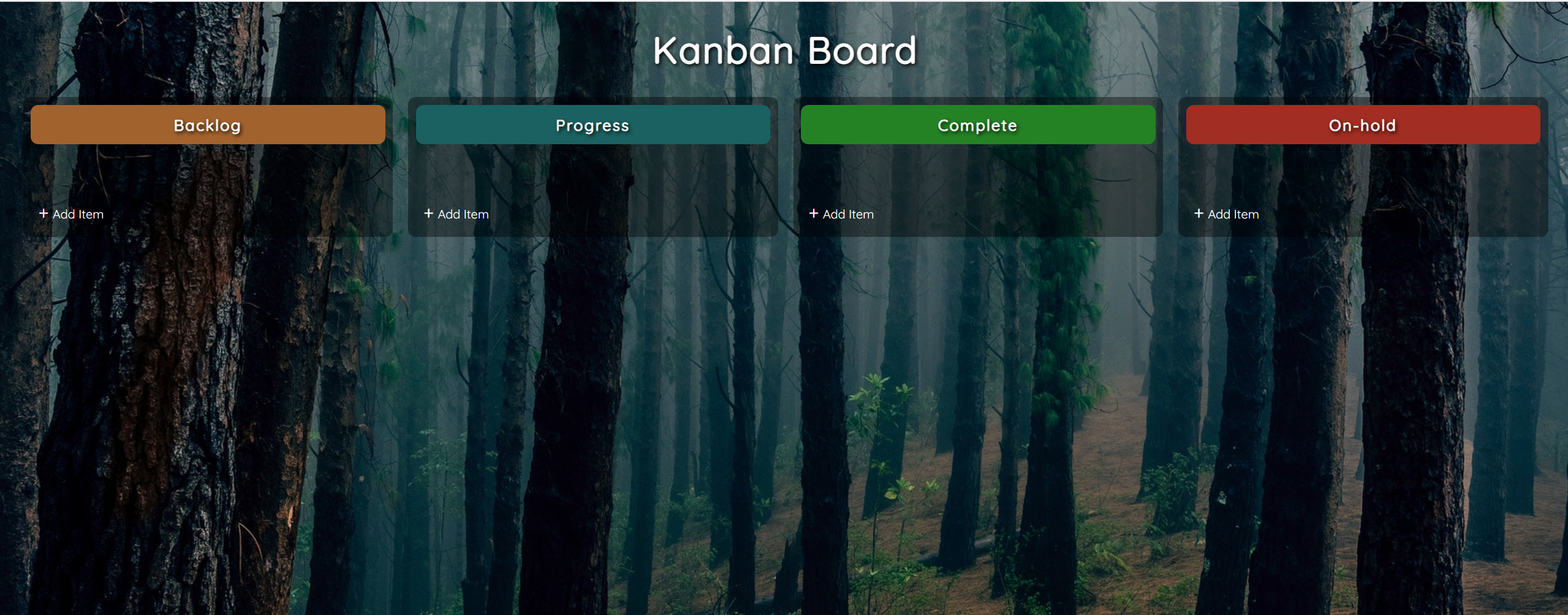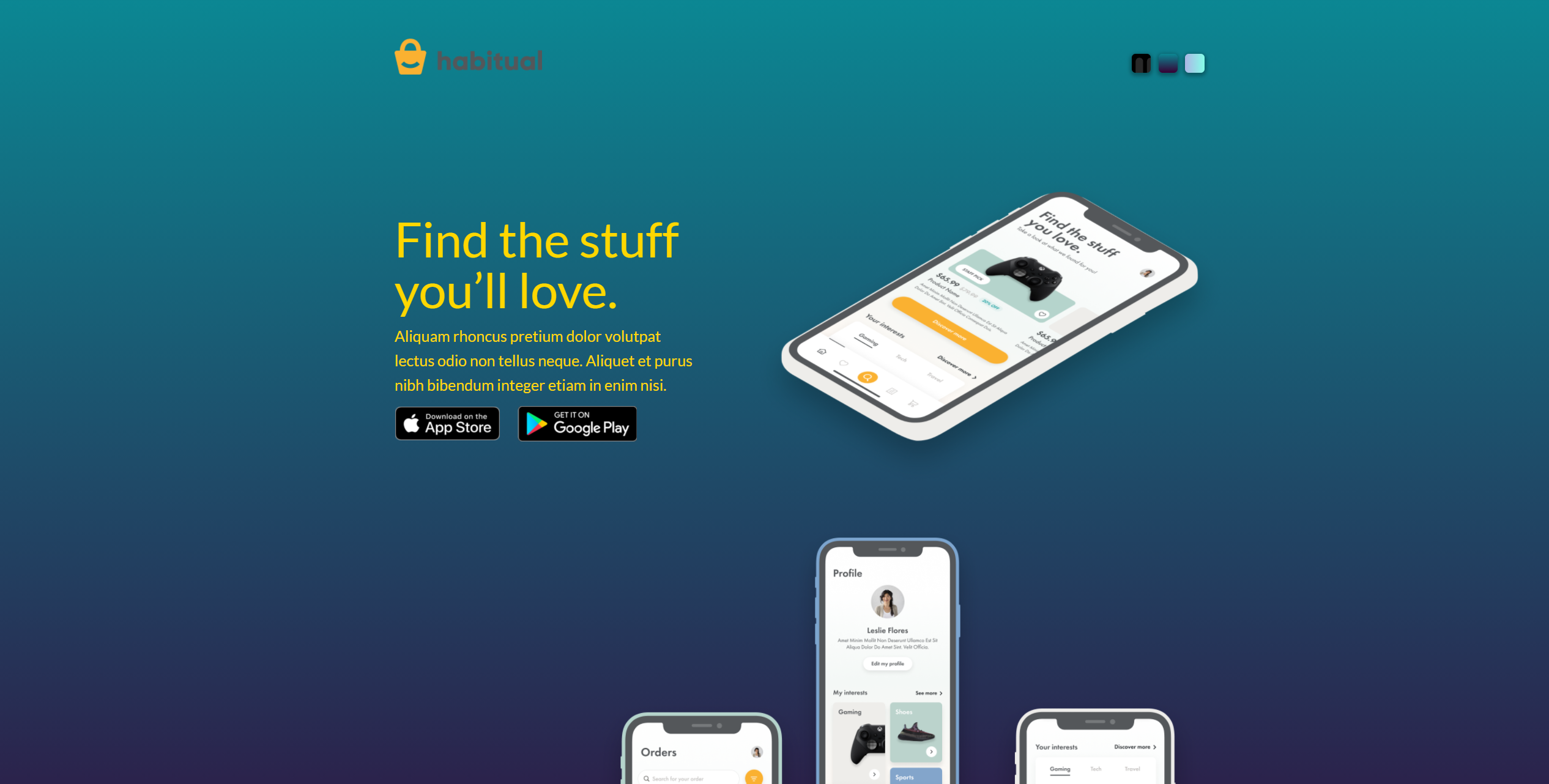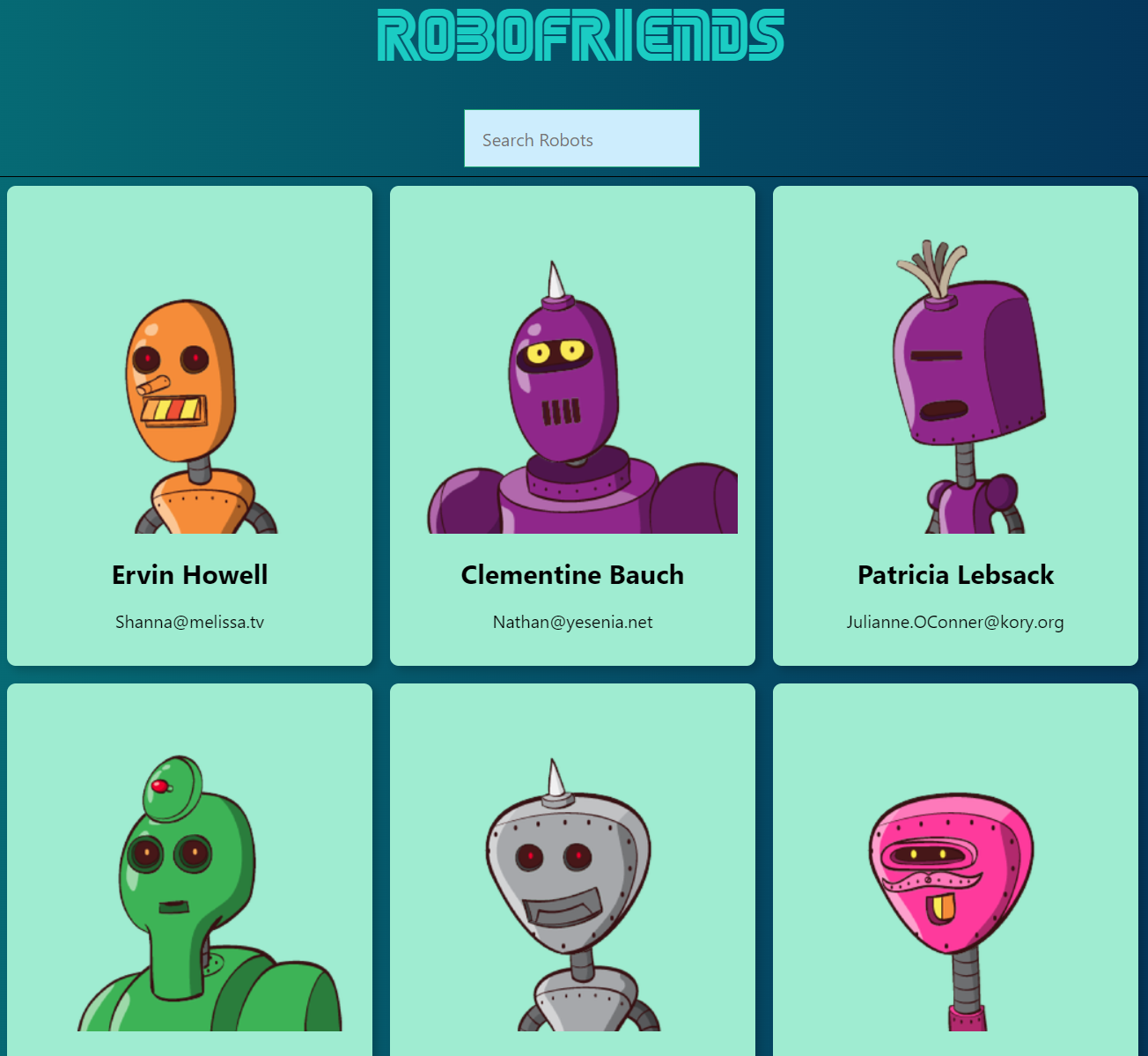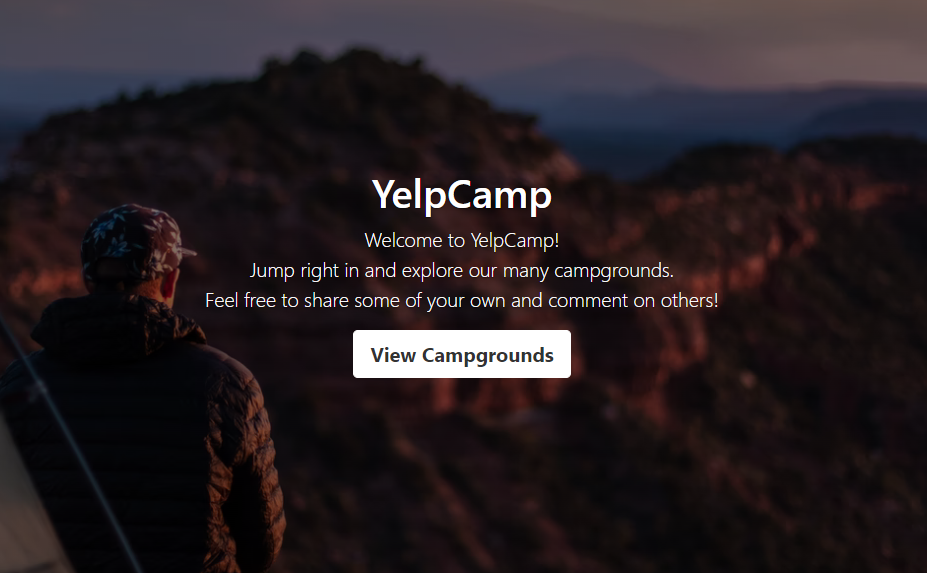About me

Since I was a kid I always had an interest in computers and technology, but my official education led me elsewhere. During my teenaged years, I enrolled in several classes that exposed me to web development and coding. I kept that interest with me throughout my life. Even while in college studying psychology, I enrolled in a computer science Java class out of interest to further my knowledge of programming. I have also built and optimized many personal computer workstations
I hold a bachelors of science in Psychology. I have been working in the field of medicine for the past 9 years. Even while working in medicine, the pull of technology was always there especially seeing how tech has become integrated into medicine. My knowledge of tech, and willingness to solve tech issues earned me the reputation of being unofficial rapid IT response person of my office. I enjoyed doing this so much that I eventually decided to dedicate my spare time to teaching and reaquainting myself with the appropriate technologies to become a Web Developer. Take a look at the below projects and exercises I worked on!
I consider myself to be an easy going, goal oriented individual. I work well in a fast pace environment, and can work very well either independentaly or as part of a team. I am always open to learning something new to improve myself. I love eatting any kind of spanish food, chicken wings, and some good french pressed coffee.
View Resume


